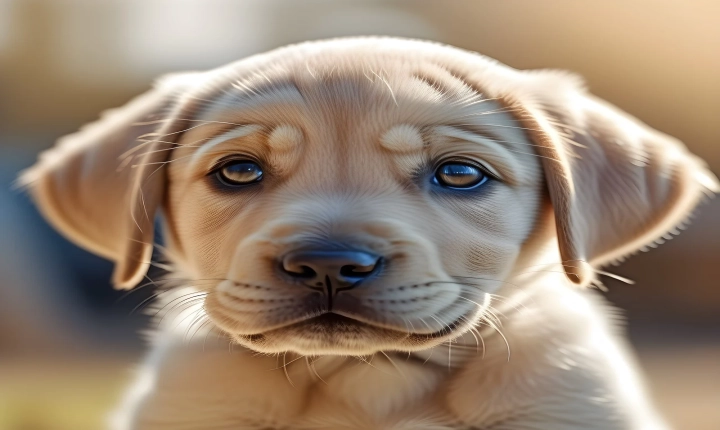How to Create AI-Generated NFT (Non-Fungible Token)
Non-Fungible Tokens (NFTs) have taken the digital art world by storm, enabling creators to tokenize and sell their digital artworks as unique assets on blockchain networks. While NFTs have predominantly been associated with human-created art, there is now an emerging trend of using artificial intelligence (AI) to generate NFTs, opening up a whole new realm of possibilities for creative expression. In this article, we will explore the steps to create AI-generated NFTs and the potential impact they may have on the digital art market.
Step 1: Choose an AI Art Generation Tool
The first step in creating AI-generated NFTs is to select an AI art generation tool. There are several advanced AI platforms and tools available that can generate stunning artworks, including DeepArt, Runway ML, and Artbreeder. These tools utilize machine learning algorithms to produce unique and captivating visuals by processing and recombining images and other visual elements.
Step 2: Experiment with Different Parameters
Once you have chosen an AI art generation tool, you can begin experimenting with different parameters and inputs to create unique and compelling artworks. Many AI art generation tools allow you to adjust various parameters such as style, color palette, composition, and texture, enabling you to fine-tune the output to your liking.
Step 3: Curate and Select the Best Outputs
After generating a variety of AI-generated artworks, you can curate and select the best outputs that you believe have the most artistic merit and potential for engagement within the NFT marketplace. This may involve iterating through numerous iterations and selecting the most visually appealing and conceptually compelling pieces.
Step 4: Minting the NFT
Once you have selected the AI-generated artwork that you want to tokenize as an NFT, you can proceed to mint it on a suitable blockchain platform. Ethereum and Binance Smart Chain are popular choices for minting NFTs, as they offer robust smart contract capabilities and a well-established infrastructure for NFT trading and ownership.
Step 5: List the NFT for Sale
After minting the AI-generated NFT, you can list it for sale on NFT marketplaces such as OpenSea, Rarible, or Foundation. These platforms provide a marketplace for NFT trading and allow you to set the terms of the sale, such as the price, royalties, and any additional attributes or unlockable content associated with the NFT.
The Impact of AI-Generated NFTs
The rise of AI-generated NFTs represents a significant shift in the art world, blurring the lines between human creativity and artificial intelligence. By leveraging AI tools to create digital artworks, artists can explore new creative territories and push the boundaries of artistic expression. AI-generated NFTs also raise thought-provoking questions about authorship, authenticity, and the nature of artistic creation in the digital age.
Furthermore, AI-generated NFTs have the potential to democratize art creation by enabling a wider range of individuals, including those with limited artistic training, to produce and monetize digital artworks. This may lead to new forms of collaboration and experimentation within the art community, as artists and technologists work together to explore the creative possibilities offered by AI and blockchain technologies.
In conclusion, the process of creating AI-generated NFTs involves leveraging AI art generation tools to produce unique and compelling digital artworks, minting them as NFTs on blockchain platforms, and listing them for sale on NFT marketplaces. The emergence of AI-generated NFTs opens up exciting possibilities for innovation and experimentation within the digital art world, redefining the concept of authorship and challenging traditional notions of creativity. As this trend continues to evolve, it will be fascinating to witness the impact of AI-generated NFTs on the art market and the creative landscape as a whole.
